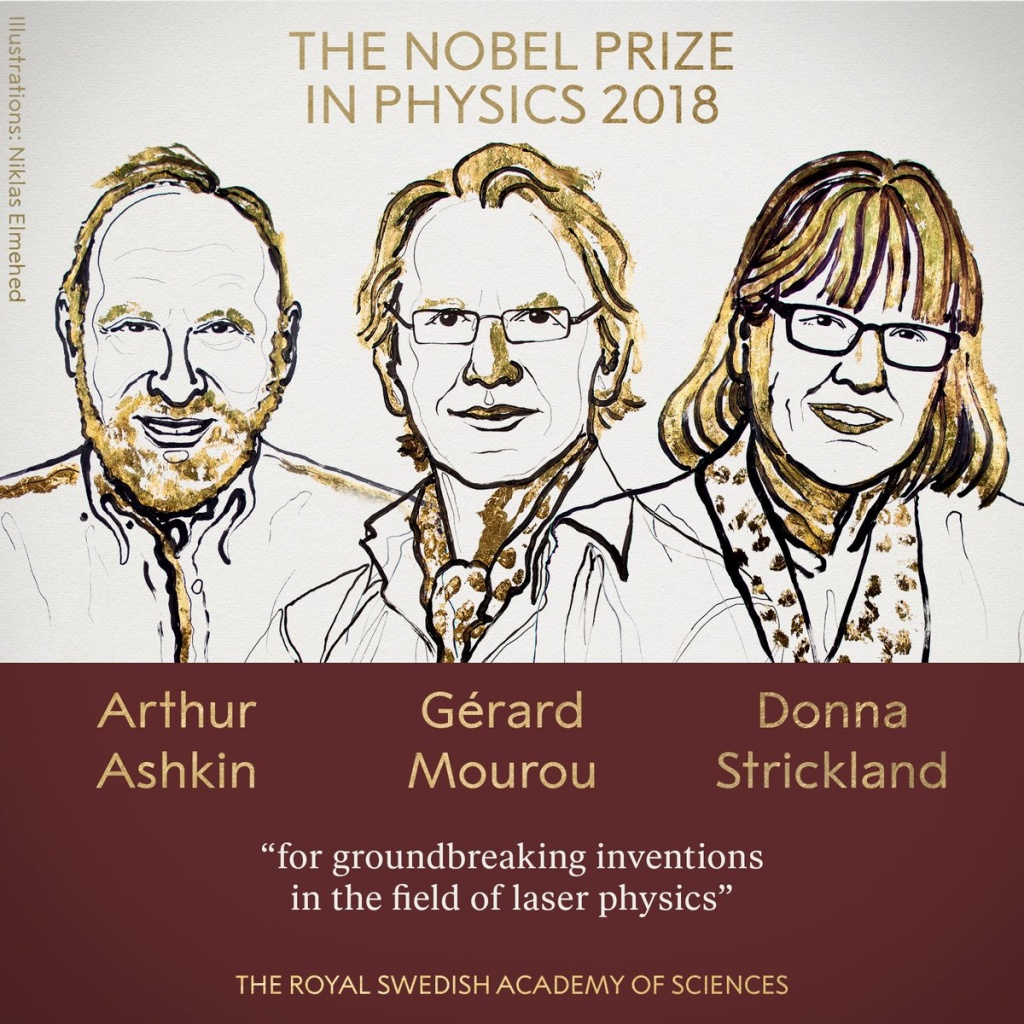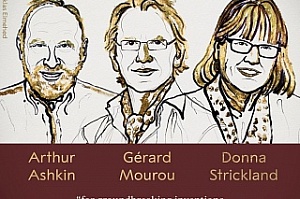The 2018 Nobel Prize in physics was awarded for research in laser physics. The winners were Arthur Ashkin (USA) “for the optical tweezers and their application to biological systems”, which allows the movement of individual molecules using laser radiation, and Gérard Mourou (France) and Donna Strickland (Canada) “for their method of generating high-intensity, ultra-short optical pulses”.
Currently, many teams are conducting research in laser physics. Such work is carried out at three TSU faculties: Faculty of Physics, Faculty of Radiophysics, and the Siberian Physical Technical Institute (SPhTI).
- At the Faculty of Physics, staff and students of the Department of Plasma Physics are involved in this work. At the Institute of High-Current Electronics of the SB RAS, they are engaged in the development of high-power pulsed gas lasers, - said Sergey Filimonov, dean of the Faculty of Physics. Employees of the Department of Optics and Spectroscopy are working in the same area. Together with the StrAU Institute of Biomedicine, they research the use of lasers for the diagnosis and treatment of diseases.
Yuriy Kistenev, director of the Institute of Biomedicine, is confident that the development of optical tweezers that was awarded the Nobel Prize will allow scientists worldwide to use noncontact methods for manipulating micro-objects and make new discoveries.
- What are optical tweezers? The laser is focused, a non-uniform field is created, and a small particle is placed into it. The particle is held there, and then with it you can make various manipulations. This is a breakthrough technology that will open new horizons for science. It allows you to work in a contactless manner with microscopic objects using laser light, commented Yuriy Kistenev.
For more than a quarter of a century, the former dean of the Faculty of Innovative Technologies, Anatoly Soldatov, has been developing laser technologies at TSU. Under his supervision, laser systems for strontium vapor, which have no analogs in the world, were created. In particular, the device for cutting bones and other biological tissues was invented.
At the Faculty of Radiophysics, laser technologies are used in the study of digital holography, laser sensing, and femtosecond laser optics. At the SPhTI, the Laboratory of Organic Electronics deals with laser problems.


